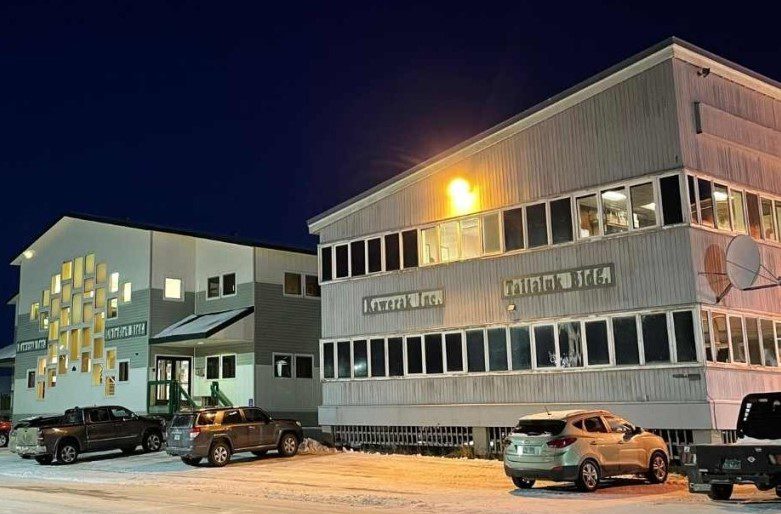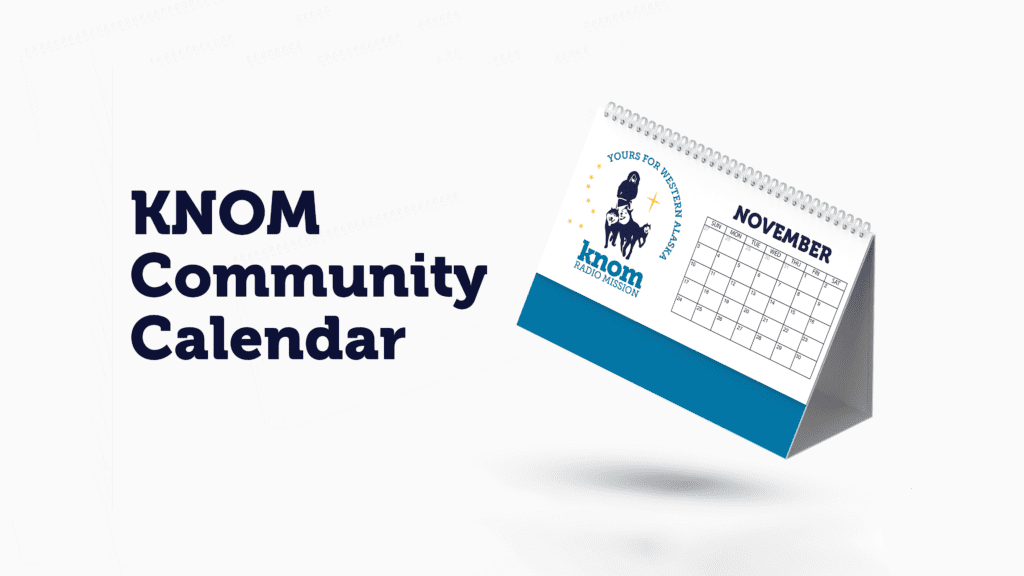The Alaska Arctic Commission has been working for more than a year and a half to write the state’s first comprehensive Arctic policy, one that lays out priorities for the state—and the nation—in the circumpolar north. But with priorities ranging from international to extremely local, the commission’s meeting in Nome Tuesday, Aug. 26 brought lawmakers, researchers, and coastal representatives together to work out just what that policy will be.
“What should this policy commission say when we report to the legislature?” the commission’s co-chair, Bethel Representative Bob Herron asked pointedly at the meeting’s start.
With a four-page draft bill, a 15-page executive summary, a 131-page report, and volumes of spoken and written testimony from urban and rural residents, the commission is attempting to balance far-reaching goals like development, energy policy, and international cooperation with more immediate needs like ports, plumbing, strengthening rural economies, and building infrastructure in some of the most remote communities in the state.
Finalizing “what the commission says” before delivering its various reports to lawmakers took up the bulk of Tuesday’s meeting; points made and reiterated, visiting and re-visiting topics both broad and specific, discussions on key issues often spiraling into larger discussions but rarely leading to any clear conclusions.
What is clear—and became increasingly so through the commission’s deliberations—is the list of four broad “strategic recommendations” the commission will deliver to the legislature. They include a renewed focus on the state’s “infrastructure gap;” a boost to Arctic science and research; increased response capacity for a more active Arctic maritime environment; and a focus on sustainably developing arctic resources with an eye to Alaska’s unique cultural, social, and environmental needs.
In all, it’s a list of 22 suggestions for Arctic policy, running the gamut from local, regional, state, and federal concerns.
“We’ve been working towards this for many generations … It is so big,” said Liz Qaulluq Moore, a community and government affairs director with NANA Regional Corporation and the commission’s ANSCA representative.
“We have a lot more marine traffic, all these larger questions. We talk a lot about resource development and the resources in the Arctic. People want to be responsive to the immediate needs of marine transportation and offshore oil and gas development, we have to be prepared for those things,” Moore said.
But in a state where comprehensive sewage and water systems for rural communities ranks alongside calls to facilitate more icebreaking vessels and deepwater ports, Moore said those “larger questions” have to make room for other, more local needs.
“So, do we address those immediate needs? What are those longer-term visions? I think this is going to be a much longer-term discussion beyond just this commission.”
Bringing those needs before the commission, residents and visitors in Nome shared their priorities and solutions.
Chuck Wheeler spoke as a lifelong Nome resident and urged the state to recognize its sovereign tribes in order to have a stronger seat at bodies like the Inuit Circumpolar Council.
“What I see is cooperation management” for Alaska’s resources, Wheeler said. “Tribes, who originally owned the land, the state and their administration, through the governor, and the feds. And until the State of Alaska comes to the table and recognizes the 220-plus tribes in Alaska, it’s not going to be resolved.”
Melanie Bahnke, president of regional nonprofit Kawerak, addressed concerns that the committee’s careful work could end up collecting dust on a bookshelf in Juneau by urging lawmakers to take action.
“Many of you are in a position to ensure that some of your own recommendations are funded. So, fund it,” she said bluntly. “Ensure Alaska Native people benefit economically. We bear the most risk with anything that’s going on in the Arctic. So consider, what is the next 8(a) [business development program] opportunity? The next CDQ-like opportunity?”
“When we’re provided with some opportunities, we go from having a seat at the back of the bus, to learning how to drive the bus, to owning a fleet of busses,” she added.
Bahnke, along with many members of the commission, also pushed lawmakers to make the Arctic policy commission a permanent body.
“These policy deliberations are not going to stop just because you publish your final report, or a bill is passed,” Bahnke said. “I recommend that you establish some sort of an ongoing body to advise and guide the legislature and administration on Arctic policy issues even beyond the publication of your report.”
Senator Lyman Hoffman of Bethel sits on the commission, and admited that both the bill and the report that will ultimately go to the state legislature will not include any clear way to pay for the various projects the commission is recommending. But he said the bill and report will give direction on how the state should spend its money down the road.
“It doesn’t open up the checkbook,” Hoffman said. “It gives direction on how that checkbook can be spent. If the legislature adopts the report, then they adopt the recommendations, then it’s incumbent upon the legislature to implement them.”
Commission members hope that implementation will have ramifications on the national and international scene. In 2015, the United States is poised to begin a three-year stint as chair of the international Arctic Council—a body of circumpolar nations focused on arctic issues. Many commission members seeing Alaska’s plans for the Arctic as the de facto plans for the nation, or at least influencing the nation’s Arctic policy going forward; a major reason the list of recommendations comes with its own list of lead partners at the state, federal, and international level.
“We’ve sat back and waited for the federal government, which arguably should have an interest to begin that investment, and we just haven’t gotten anywhere,” said Anchorage Senator and commission co-chair Lesil McGuire.
The Alaska Arctic Policy Commission continued its meeting in Kotzebue on Wednesday, Aug. 27. The commission has one more meeting set for November to finalize its extensive report—and its far-reaching recommendations for the future of the Arctic—before submitting it to Juneau for the start of the legislative session in January.







